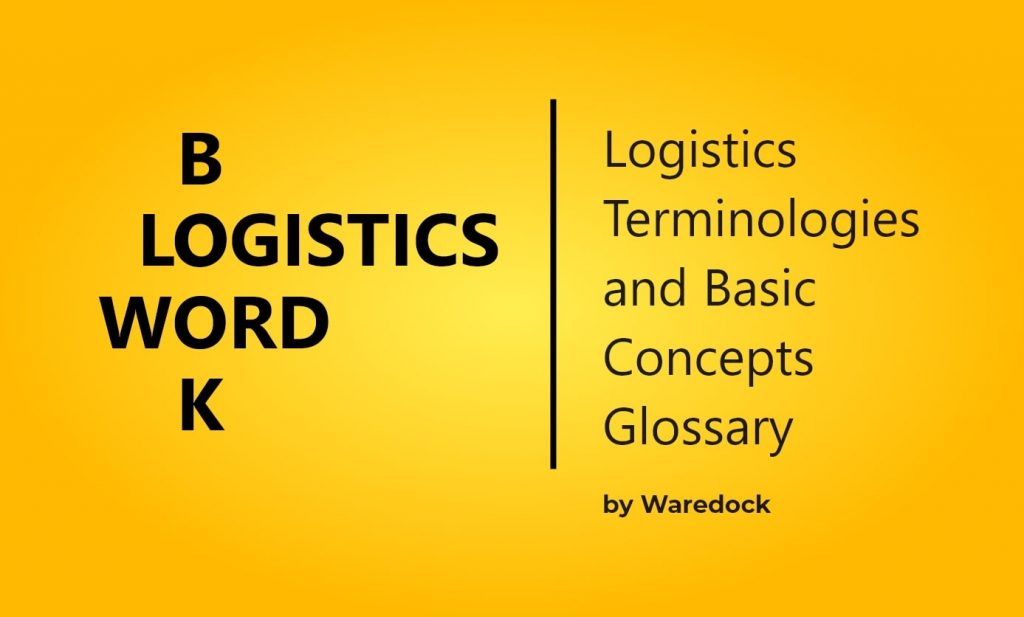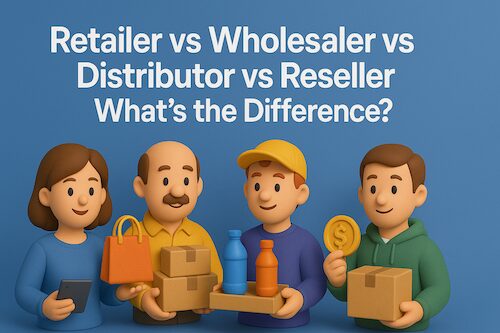What is the meaning of a Line Item?
A line item refers to a **distinct, individually listed entry in a document such as an invoice, purchase order, sales receipt, or inventory record**. Each line item represents a specific product, service, or charge, typically accompanied by details like quantity, unit price, SKU or item number, description, and total amount. Line items help break down transactions into clear, auditable units, making them essential for financial reporting, inventory management, and order fulfillment.
How is a Line Item structured?
A standard line item may include:
- Item name or description – e.g., “Bluetooth Headphones”
- Item code or SKU – a unique product identifier like “BH-2024”
- Quantity – number of units purchased or shipped
- Unit price – cost per individual unit
- Total – calculated by multiplying quantity × unit price
- Tax or discount (if applicable)
Each line item offers granular detail that allows buyers and sellers to validate what was bought, sold, or shipped.
Why are Line Items important?
Line items serve as the **foundation of transaction clarity and traceability** in commerce. Their importance includes:
- Transparency: Enables both parties to verify costs and product details
- Inventory tracking: Helps businesses know which products were moved or invoiced
- Accounting accuracy: Ensures detailed records for auditing, budgeting, and tax filing
- Customer service: Makes returns, exchanges, and dispute resolution more straightforward
Whether in B2B contracts or ecommerce orders, line items are essential for operational and financial workflows.
What types of documents include Line Items?
Line items appear in many types of business and financial documents, including:
- Invoices and bills – to detail purchased products or services
- Purchase orders – to request specific items from suppliers
- Shipping manifests – to list goods in transit
- Inventory reports – to track changes in stock levels
- Quotations and estimates – to itemize projected costs for a client
In each case, line items provide clear data on individual elements of a larger transaction or record.
How are Line Items used in digital systems?
In digital commerce, ERP, and accounting systems, line items are structured as **individual data objects** that can be queried, modified, or analyzed. Examples include:
- Tracking order fulfillment status by item
- Calculating tax per product line
- Creating reports on top-selling SKUs
- Matching purchase orders to invoices line-by-line
APIs and platforms such as Shopify, QuickBooks, NetSuite, and SAP often define line items as part of structured records in their data models.
What’s the difference between a Line Item and a SKU?
A SKU (Stock Keeping Unit) is a **unique identifier assigned to a specific product variant** (e.g., size, color), whereas a **line item is an occurrence of that product in a transaction or document**. In other words:
A single document may include multiple line items using the same or different SKUs.
Can you give an example of a Line Item in use?
A customer orders 2 units of a wireless keyboard priced at $50 each. On the invoice, this would appear as:
Line Item: Wireless Keyboard (SKU: WK-1001) – Quantity: 2 – Unit Price: $50 – Total: $100
This clearly shows what was purchased, in what quantity, and at what price—enabling precise tracking and verification.








